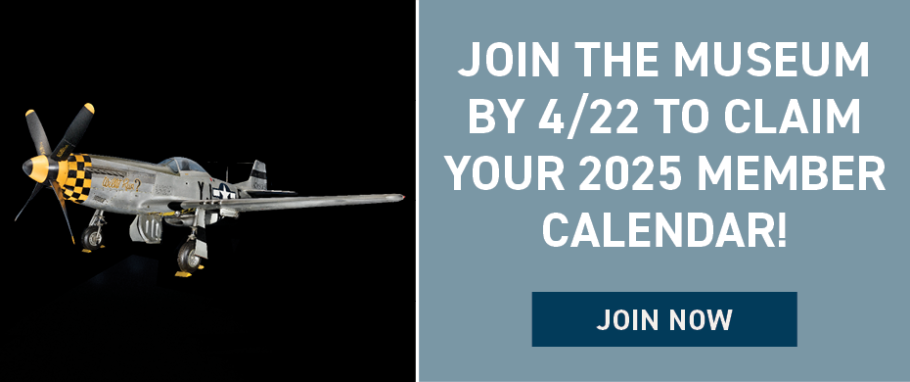We see the connections to aviation and space in literally everything. From our favorite movies and the songs in our playlists to the latest news of space exploration and your commercial flight home for the holidays – aerospace is literally everywhere you look. Twice a month our hosts riff on some of the coolest stories of aviation and space history, news, and culture. We promise, whether you’re an AVGeek, wannabe Space Camper, or none of the above, you’ll find not only a connection to your life but you’ll learn something interesting in the process.
Listen wherever you get your podcasts.
Showing 11 - 20 of 119
When the Boeing 747 first came out, it revolutionized the already revolutionary Jet Age. We're looking back on the more than 50 year history of the original Jumbo Jet.
Europa Clipper is soon to be on its was to the outer solar system to study one of Jupiter's most interesting moons. In addition to the really awesome science it will do, the spacecraft will carry a "message in a bottle" etched with your names and a poem by U.S. Poet Laureate Ada Limón.
AirSpace is looking up! We're exploring how we hang really, really big, priceless artifacts from the ceiling in the museum.
We’re extending our Hot Barbie Summer by looking back on this gem from season seven.
It’s been nearly 50 years (!) since humans last walked on the Moon. But NASA’s upcoming Artemis missions will soon return astronauts to the lunar surface.
Season seven is over but don’t despair! We have some fun new things headed your way soon. In the meantime, we borrowed this episode from our friends at Smithsonian’s Sidedoor to tide you all over.
When Barbie first became an astronaut in 1965, she was more than a decade ahead of NASA sending a woman to space. Since then, there have been several versions of astronaut Barbie.
From Dante to Matt Damon, Percival Lowell to Perseverance, humans have long wondered about, studied, and eventually explored our closest planetary neighbor, Mars.
In 1969, nearly 600 million people tuned in to watch the Apollo 11 Moon landing. Four of these rapt viewers were a family of Indian immigrants in Delaware. Four months later that family was driving through Ohio and decided to stop and knock on Neil Armstrong’s parent's door.
Imagine this: It’s 1936 and you’re taking a luxurious three day flight from Germany to the United States in the Hindenburg. But instead of landing in New Jersey as expected, you dock to the top of the tallest building in the world: the Empire State Building.
We see the connections to aviation and space in literally everything. From our favorite movies and the songs in our playlists to the latest news of space exploration and your commercial flight home for the holidays – aerospace is literally everywhere you look. Twice a month our hosts riff on some of the coolest stories of aviation and space history, news, and culture. We promise, whether you’re an AVGeek, wannabe Space Camper, or none of the above, you’ll find not only a connection to your life but you’ll learn something interesting in the process.
Listen wherever you get your podcasts.
Showing 11 - 20 of 119
When the Boeing 747 first came out, it revolutionized the already revolutionary Jet Age. We're looking back on the more than 50 year history of the original Jumbo Jet.
Europa Clipper is soon to be on its was to the outer solar system to study one of Jupiter's most interesting moons. In addition to the really awesome science it will do, the spacecraft will carry a "message in a bottle" etched with your names and a poem by U.S. Poet Laureate Ada Limón.
AirSpace is looking up! We're exploring how we hang really, really big, priceless artifacts from the ceiling in the museum.
We’re extending our Hot Barbie Summer by looking back on this gem from season seven.
It’s been nearly 50 years (!) since humans last walked on the Moon. But NASA’s upcoming Artemis missions will soon return astronauts to the lunar surface.
Season seven is over but don’t despair! We have some fun new things headed your way soon. In the meantime, we borrowed this episode from our friends at Smithsonian’s Sidedoor to tide you all over.
When Barbie first became an astronaut in 1965, she was more than a decade ahead of NASA sending a woman to space. Since then, there have been several versions of astronaut Barbie.
From Dante to Matt Damon, Percival Lowell to Perseverance, humans have long wondered about, studied, and eventually explored our closest planetary neighbor, Mars.
In 1969, nearly 600 million people tuned in to watch the Apollo 11 Moon landing. Four of these rapt viewers were a family of Indian immigrants in Delaware. Four months later that family was driving through Ohio and decided to stop and knock on Neil Armstrong’s parent's door.
Imagine this: It’s 1936 and you’re taking a luxurious three day flight from Germany to the United States in the Hindenburg. But instead of landing in New Jersey as expected, you dock to the top of the tallest building in the world: the Empire State Building.
